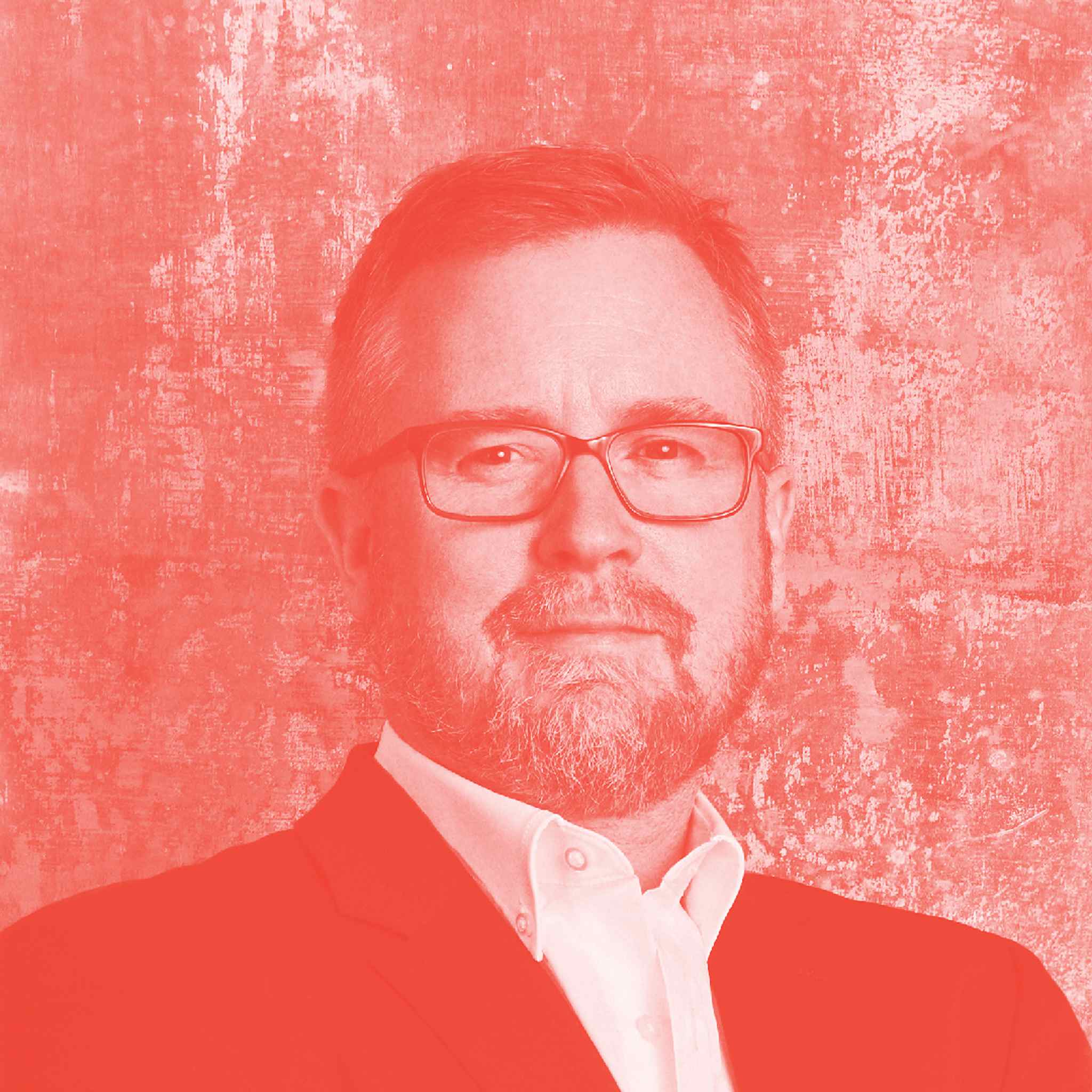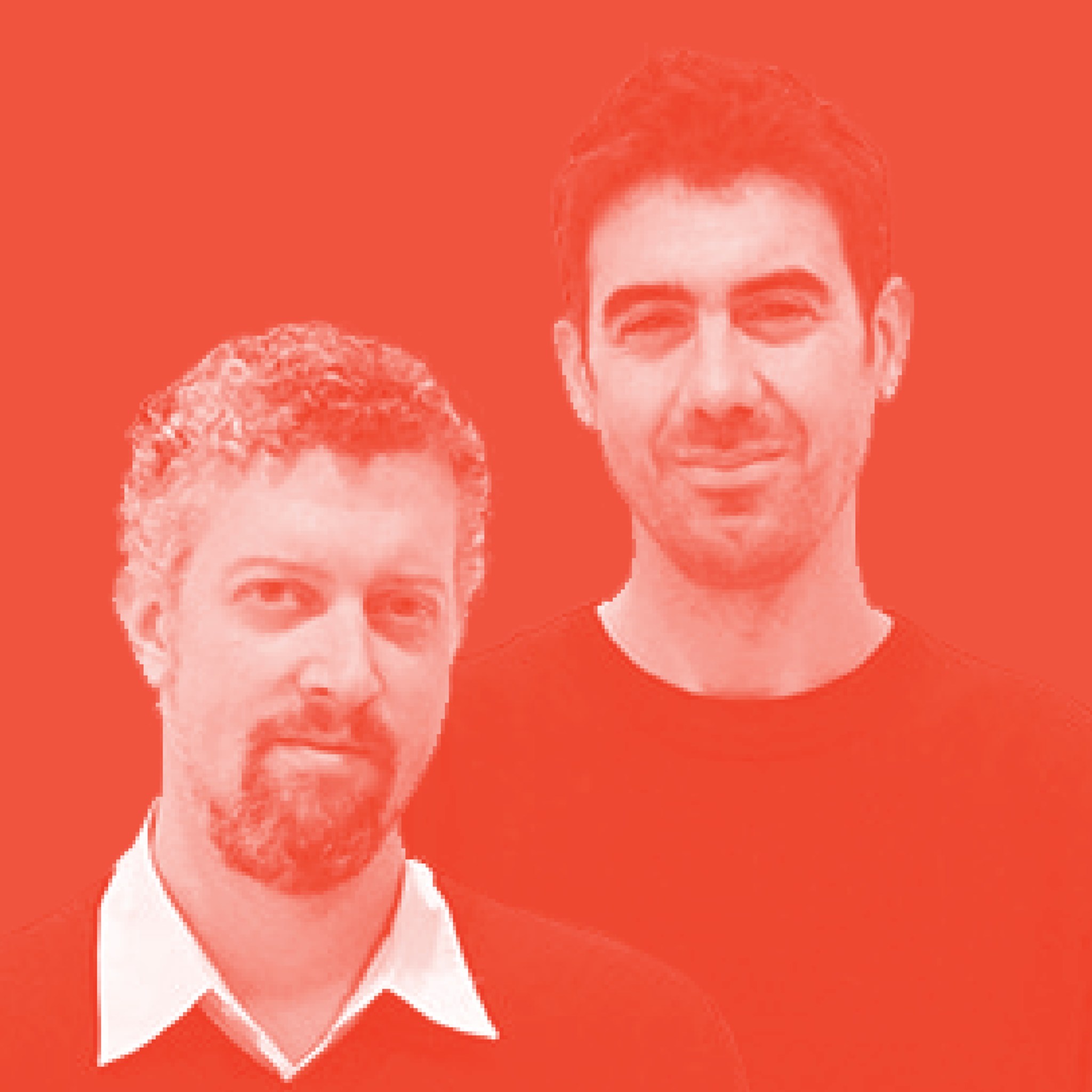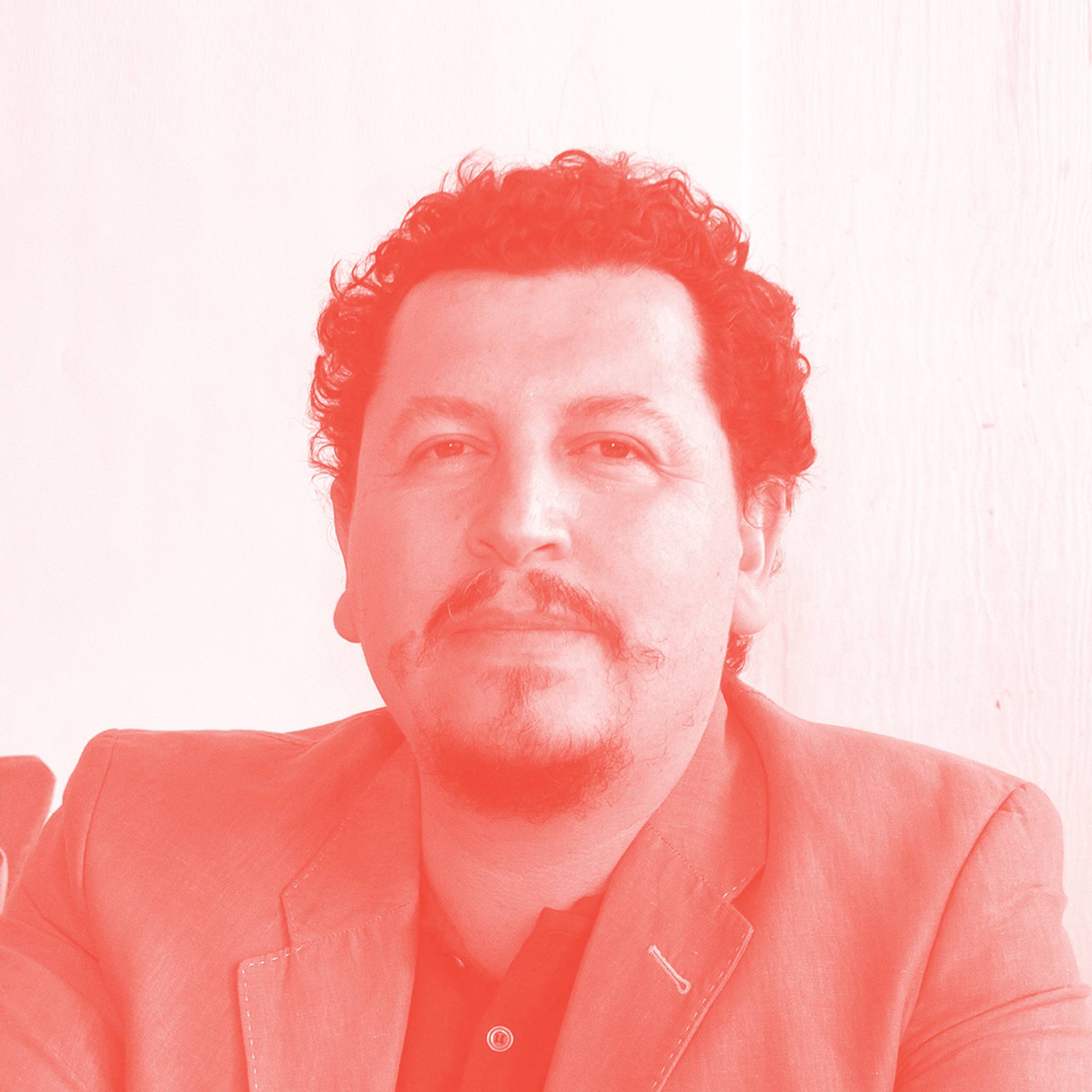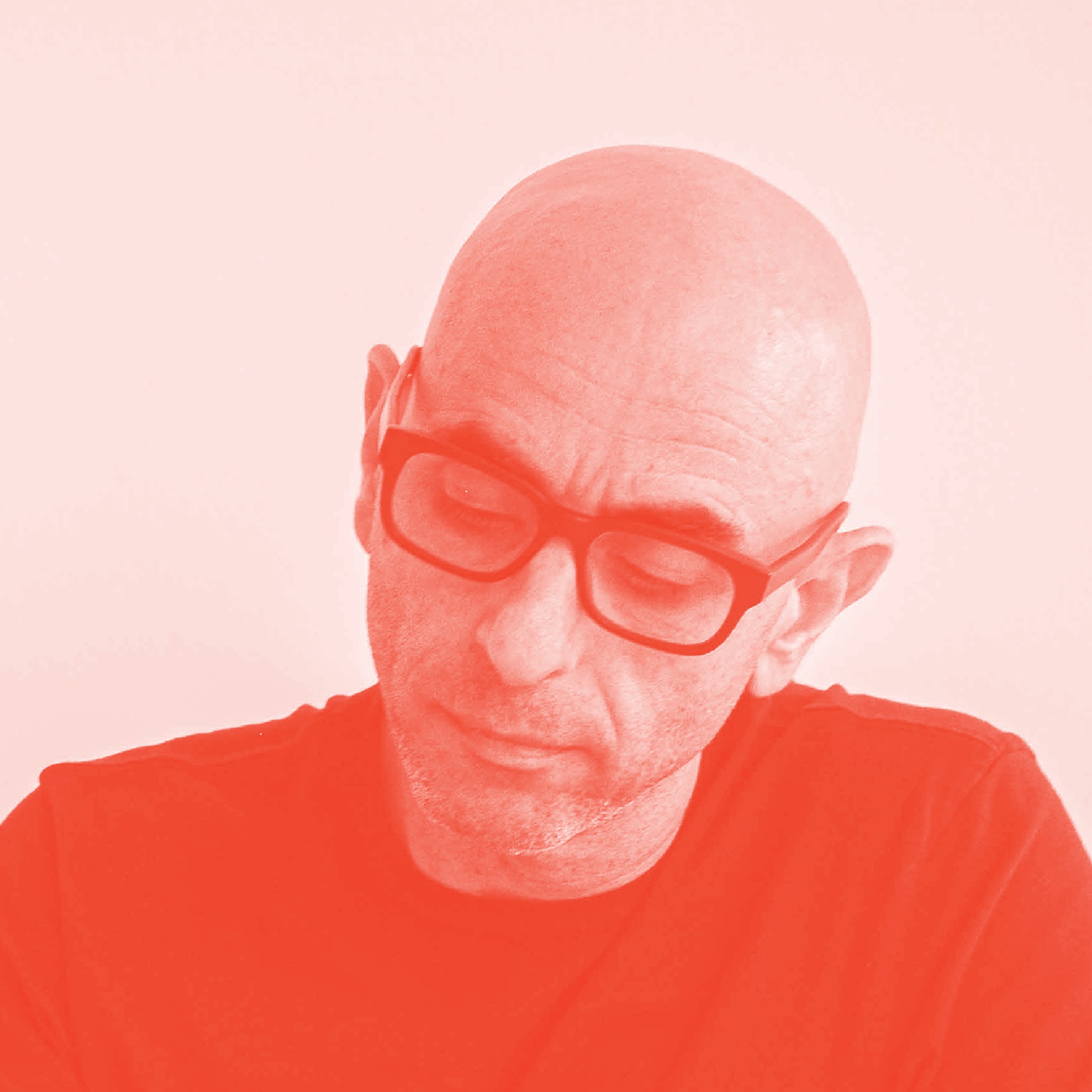



Matsys
University of Houston
Andrew Kudless is a designer based in Houston, Texas where he is the Bill Kendall Memorial Endowed Professor at the University of Houston’s Hines College of Architecture Design as well as the Director of the Advanced Media Technology Lab. Previously, Andrew has taught at the California College of the Arts, the Ohio State University, the Architectural Association, and Yale University.
In 2004, he founded
Matsys, a design studio exploring the emergent relationships between architecture, engineering, biology, and computation. The work of Matsys has been exhibited internationally and is in the permanent collections of the San Francisco Museum of Modern Art, the Centre Pompidou in Paris, and the FRAC Centre in Orleans, France.
His work on Confluence Park has won several awards including a 2019 AIA National Honor Award. In 2019, he became the first American designer to contribute to Louis Vuitton’s Objets Nomades collection. He holds a Master of Arts in Emergent Technologies and Design from the Architectural Association and a Master of Architecture from Tulane University.
YOUNG & AYATA
AAR - SCI-Arc
Young & Ayata formed a partnership in New York in 2008 to explore the conceptual and aesthetic possibilities of architecture and urbanism.
Michael Young is an Assistant Professor at The Irwin S. Chanin School of Architecture at the Cooper Union. He is the recipient of the 2019-20 Rome Prize from the American Academy of Rome. Formerly, he was a Visiting Assistant Professor at Princeton University and Visiting Lecturer at SCI-Arc. In the Fall of 2016, he was the Louis I. Kahn Visiting Assistant Professor at Yale University. Michael received his Master of Architecture from Princeton University and his Bachelor of Architecture from Cal Poly San Luis Obispo. Michael is a Registered Architect in the State of New York.
Read More →
YOUNG & AYATA
AAR - SCI-Arc
Young & Ayata formed a partnership in New York in 2008 to explore the conceptual and aesthetic possibilities of architecture and urbanism.
Michael Young is an Assistant Professor at The Irwin S. Chanin School of Architecture at the Cooper Union. He is the recipient of the 2019-20 Rome Prize from the American Academy of Rome. Formerly, he was a Visiting Assistant Professor at Princeton University and Visiting Lecturer at SCI-Arc. In the Fall of 2016, he was the Louis I. Kahn Visiting Assistant Professor at Yale University. Michael received his Master of Architecture from Princeton University and his Bachelor of Architecture from Cal Poly San Luis Obispo. Michael is a Registered Architect in the State of New York.
Kutan Ayata is an Associate Professor and the Vice-Chair in the Department of Architecture and Urbanism at UCLA. He previously held teaching positions at the University of Pennsylvania, Pratt Institute, City College of New York, Cornell University, and Columbia University. He received his Master of Architecture from Princeton University and his Bachelor of Fine Arts from Massachusetts College of Art. He is a registered architect in the Chamber of Architects in Turkey.
Read Less ←
Rael San Fratello
College of Environmental Design
Professor Ronald Rael holds the Eva Li Memorial Chair in Architecture and a joint appointment in the Department of Architecture, in the College of Environmental Design, and the Department of Art Practice. He is both a Bakar and Hellman Fellow, Director of the Masters of Architecture program, and founded the printFARM Laboratory (print Facility for Architecture, Research, and Materials). His research interests connect indigenous and traditional material practices to contemporary technologies and issues and he is a design activist, author, and thought leader within the topics of additive manufacturing, border wall studies, and earthen architecture. In 2014 his creative practice,
Rael San Fratello (with architect Virginia San Fratello), was named an Emerging Voice by The Architectural League of New York—one of the most coveted awards in North American architecture. In 2016 Rael San Fratello was also awarded the Digital Practice Award of Excellence by the Association for Computer-Aided Design in Architecture (ACADIA).
Read More →
Rael San Fratello
College of Environmental Design
Professor Ronald Rael holds the Eva Li Memorial Chair in Architecture and a joint appointment in the Department of Architecture, in the College of Environmental Design, and the Department of Art Practice. He is both a Bakar and Hellman Fellow, Director of the Masters of Architecture program, and founded the printFARM Laboratory (print Facility for Architecture, Research, and Materials). His research interests connect indigenous and traditional material practices to contemporary technologies and issues and he is a design activist, author, and thought leader within the topics of additive manufacturing, border wall studies, and earthen architecture. In 2014 his creative practice,
Rael San Fratello (with architect Virginia San Fratello), was named an Emerging Voice by The Architectural League of New York—one of the most coveted awards in North American architecture. In 2016 Rael San Fratello was also awarded the Digital Practice Award of Excellence by the Association for Computer-Aided Design in Architecture (ACADIA).
Rael is the author of Border wall as Architecture: A Manifesto for the U.S.-Mexico Boundary (University of California Press 2017), an illustrated biography and protest of the wall dividing the U.S. from Mexico featured in a recent TED talk by Rael, and Earth Architecture (Princeton Architectural Press, 2008), a history of building with earth in the modern era to exemplify new, creative uses of the oldest building material on the planet. Emerging Objects, a company co-founded by Rael, is an independent, creatively driven, 3D Printing MAKE-tank specializing in innovations in 3D printing architecture, building components, environments, and products (a short documentary of their work can be seen here). A monograph of the work of Emerging Objects entitled Printing Architecture: Innovative Recipes for 3D Printing was published in 2018 by Princeton Architectural Press. He was the co-founder of the start-up wood technology company, FORUST, where he maintains a position as a design and technology consultant.
Rael earned his Master of Architecture degree at Columbia University in the City of New York, where he was the recipient of the William Kinne Memorial Fellowship. Previous academic and professional appointments include positions at the Southern California Institute for Architecture (SCI_arc), Clemson University, the University of Arizona, and the Office for Metropolitan Architecture in Rotterdam. His work has been published widely, including the New York Times, Wired, MARK, Domus, Metropolis Magazine, PRAXIS, Thresholds, Log, Public Art Review, and recognized by several institutions including La Biennale di Venezia, the Graham Foundation for Advanced Studies in the Fine Arts, LACMA, Storefront for Art and Architecture, the Center for Fine Arts, Netherlands, For Freedoms, the YBCA 100, and included in the permanent collection of The Museum of Modern Art in New York, The Cooper Hewitt Smithsonian Design Museum, The San Francisco Museum of Modern Art, the FRAC Centre, and the Chhatrapati Shivaji Maharaj Vastu Sangrahalaya.
Read Less ←
NADAAA
The Cooper Union
For his contributions to architecture as an art, Nader Tehrani is the recipient of the American Academy of Arts and Letters’ 2020 Arnold W. Brunner Memorial Prize.
Nader Tehrani is the Founding Principal of
NADAAA, a practice dedicated to the advancement of design innovation, interdisciplinary collaboration, and an intensive dialogue with the construction industry. He is also Dean of the Irwin S. Chanin School of Architecture at the Cooper Union.
Tehrani’s work has been recognized with notable awards, including the Cooper Hewitt National Design Award in Architecture, the United States Artists Fellowship in Architecture and Design, and the American Academy of Arts and Letters Award in Architecture. He has also received the Harleston Parker Award and the Hobson Award.
Read More →
NADAAA
The Cooper Union
For his contributions to architecture as an art, Nader Tehrani is the recipient of the American Academy of Arts and Letters’ 2020 Arnold W. Brunner Memorial Prize.
Nader Tehrani is the Founding Principal of
NADAAA, a practice dedicated to the advancement of design innovation, interdisciplinary collaboration, and an intensive dialogue with the construction industry. He is also Dean of the Irwin S. Chanin School of Architecture at the Cooper Union.
Tehrani’s work has been recognized with notable awards, including the Cooper Hewitt National Design Award in Architecture, the United States Artists Fellowship in Architecture and Design, and the American Academy of Arts and Letters Award in Architecture. He has also received the Harleston Parker Award and the Hobson Award.
Throughout his career, Tehrani has received eighteen Progressive Architecture Awards as well as numerous national and international design awards. He served as the Frank O. Gehry International Visiting Chair in Architectural Design at the University of Toronto and the inaugural Paul Helmle Fellow at California State Polytechnic University, Pomona. He has also recently served as the William A. Bernoudy Architect in Residence at the American Academy in Rome. His office, NADAAA, for the past seven years in a row, has ranked in the Top eleven design firms in Architect Magazine’s Top 50 Firms in the United States, ranking as First three years in a row.
Read Less ← 22.11.2020
Andrew Kudless
29.11.2020
Young & Ayata
06.12.2020
Ronald Rael
13.12.2020
Nader Tehrani










































